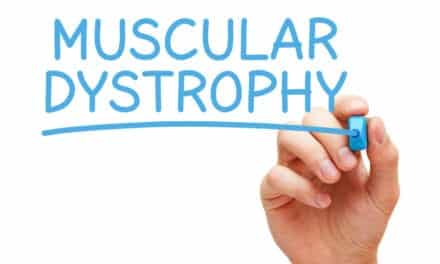Researchers from the Harvard John A. Paulson School of Engineering and Applied Sciences (SEAS) have developed a new approach in which robotic exosuit assistance can be calibrated to an individual and adapt to a variety of real-world walking tasks in a matter of seconds. The bioinspired system uses ultrasound measurements of muscle dynamics to develop a personalized and activity-specific assistance profile for users of the exosuit.
“Our muscle-based approach enables relatively rapid generation of individualized assistance profiles that provide real benefit to the person walking.”
— Robert D. Howe, the Abbott and James Lawrence Professor of Engineering, and study co-author
The research is published in Science Robotics.
Previous bioinspired attempts at developing individualized assistance profiles for robotic exosuits focused on the dynamic movements of the limbs of the wearer. The SEAS researchers took a different approach. The research was a collaboration between Howe’s Harvard Biorobotics Laboratory, which has extensive experience in ultrasound imaging and real-time image processing, and the Harvard Biodesign Lab, run by Conor J. Walsh, the Paul A. Maeder Professor of Engineering and Applied Sciences at SEAS, which develops soft wearable robots for augmenting and restoring human performance.
“We used ultrasound to look under the skin and directly measured what the user’s muscles were doing during several walking tasks. Our muscles and tendons have compliance which means there is not necessarily a direct mapping between the movement of the limbs and that of the underlying muscles driving their motion.”
— Richard Nuckols, a Postdoctoral Research Associate at SEAS and co-first author of the paper
The research team strapped a portable ultrasound system to the calves of participants and imaged their muscles as they performed a series of walking tasks.
“From these pre-recorded images, we estimated the assistive force to be applied in parallel with the calf muscles to offset the additional work they need to perform during the push off phase of the walking cycle.”
— Krithika Swaminathan, a graduate student at SEAS and the Graduate School of Arts and Sciences (GSAS) and co-first author of the study
The new system only needs a few seconds of walking, even one stride may be sufficient, to capture the muscle’s profile.
For each of the ultrasound-generated profiles, the researchers then measured how much metabolic energy the person used during walking with and without the exosuit. The researchers found that the muscle-based assistance provided by the exosuit significantly reduced the metabolic energy of walking across a range of walking speeds and inclines.
The exosuit also applied lower assistance force to achieve the same or improved metabolic energy benefit than previous published studies.
“By measuring the muscle directly, we can work more intuitively with the person using the exosuit. With this approach, the exosuit isn’t overpowering the wearer, it’s working cooperatively with them.”
— Sangjun Lee, a graduate student at SEAS and GSAS and co-first author of the study
When tested in real-world situations, the exosuit was able to quickly adapt to changes in walking speed and incline.
Next, the research team aims to test the system making constant, real-time adjustments.
“This approach may help support the adoption of wearable robotics in real-world, dynamic situations by enabling comfortable, tailored, and adaptive assistance.”
— Conor J. Walsh, the senior author of the paper
[Source(s): Harvard John A. Paulson School of Engineering and Applied Sciences, Science Daily]




